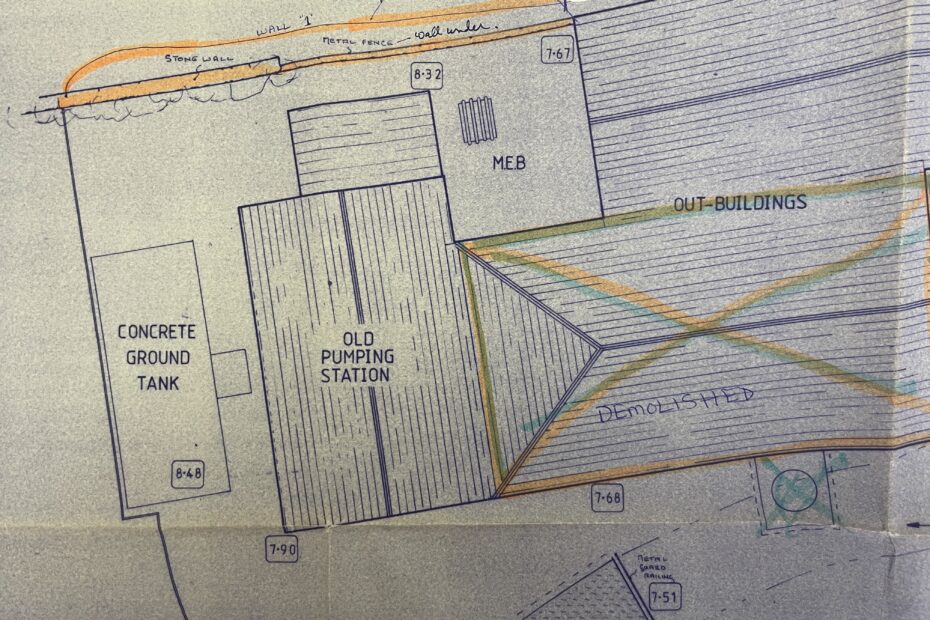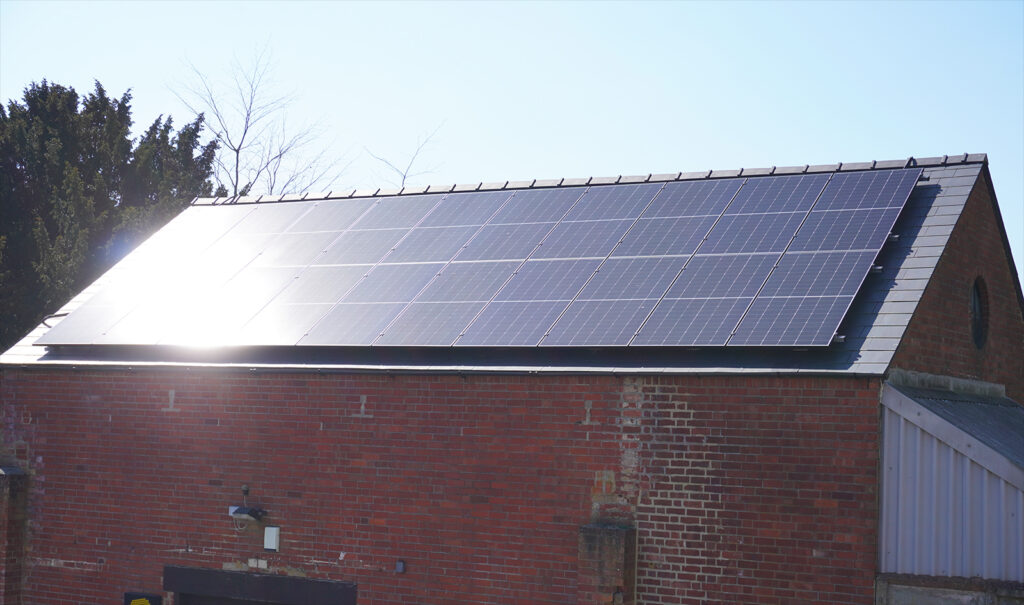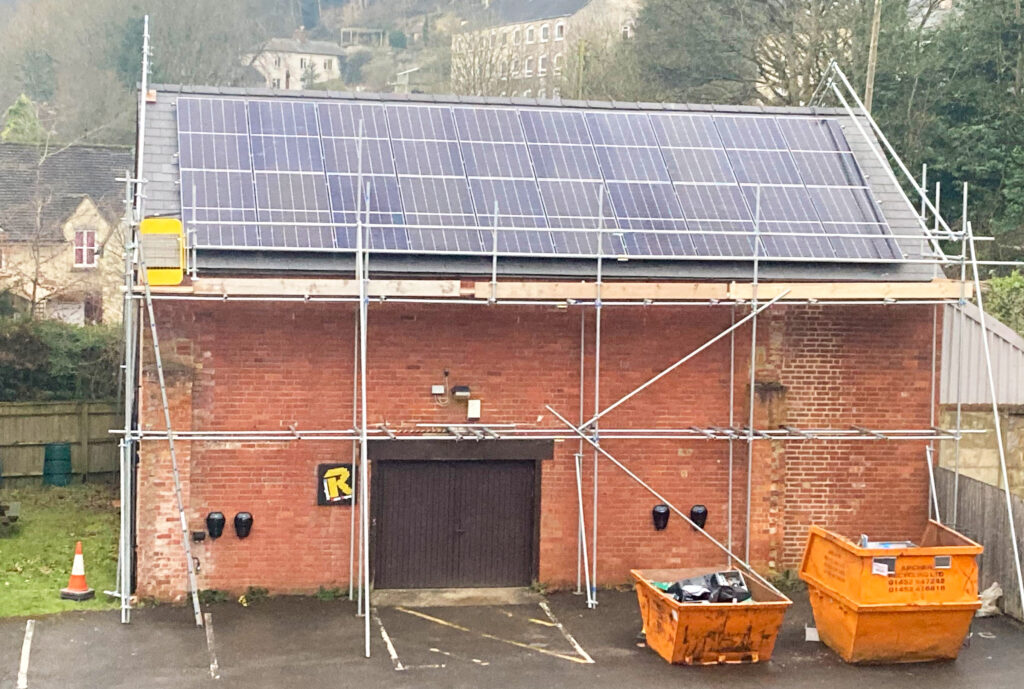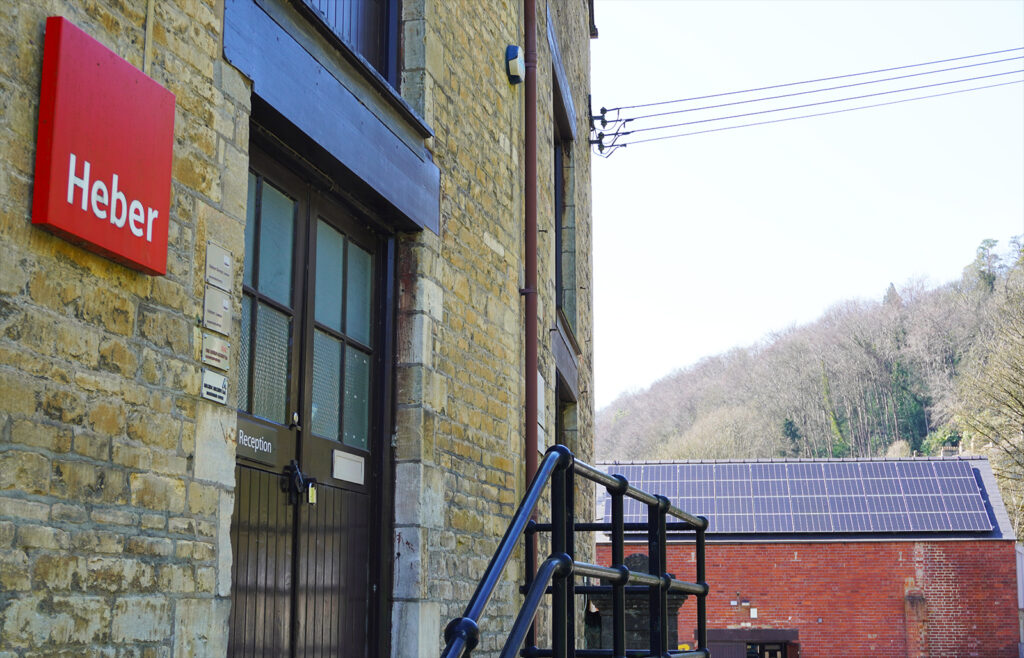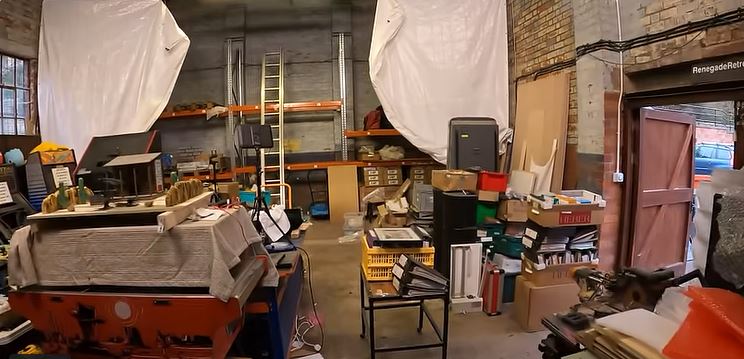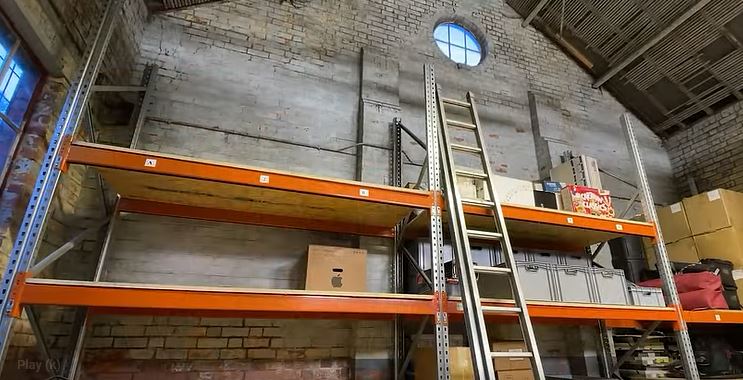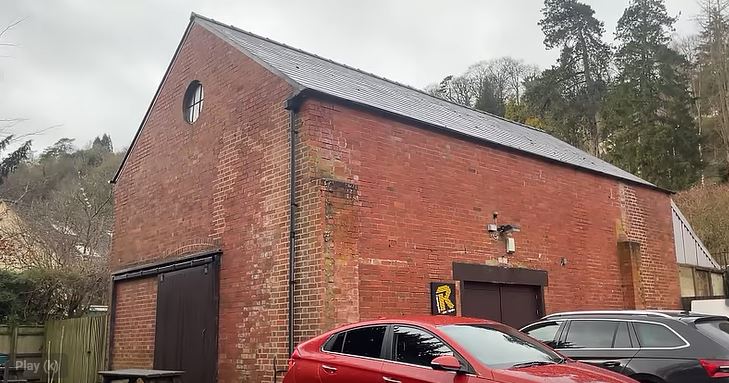Pump House Renovation Kickstarts
A new archive and workshop for The Retro Collective
At the beginning of the year the Retro Collective turned their attention to the old pump house in the grounds of Heber’s mill. Their plan was to renovate the space to make it suitable for archival storage for The Cave Computer Museum and The Arcade Archives.
Heber kicked off the renovation by funding installation of solar panels on the roof of the pump house.
Community Support
The next step was launching a crowd funding campaign to back the major internal works needed. This raised an enormous £60,490.23.
The plans for renovation include creating two floors, fully insulating the whole building, painting, installing new lighting and a goods lift. On the ground floor two storage areas for The Cave Computer Museum and Arcade Archive will be built along with a library and archive for magazines, games and books. The library and archive will be accessible on request. The second floor will be an open plan space which will be used as a lab, workshop and studio among other things.
The team having been working hard clearing out the contents, removing the current internal stairs and mezzanine, cleaning the brick work and ceiling struts, insulating the roof, painting the walls, adding in damp proofing and insulating the windows.
Through all this the Retro Collective team have been careful to retain the historic character of the building. You can watch an update on progress here: https://www.youtube.com/watch?v=cOK1t19j2Vc
Pump House History
It’s unclear when the pump house was built, but we suspect it was likely constructed in the 1920’s or 30’s. It was originally used by Chalford Water Works, Stroud Water Company and North West Gloucestershire Water Board as one of the main water pumping stations in Chalford. The earliest map evidence of the Pump House is 1973 but the building was constructed well before this date.
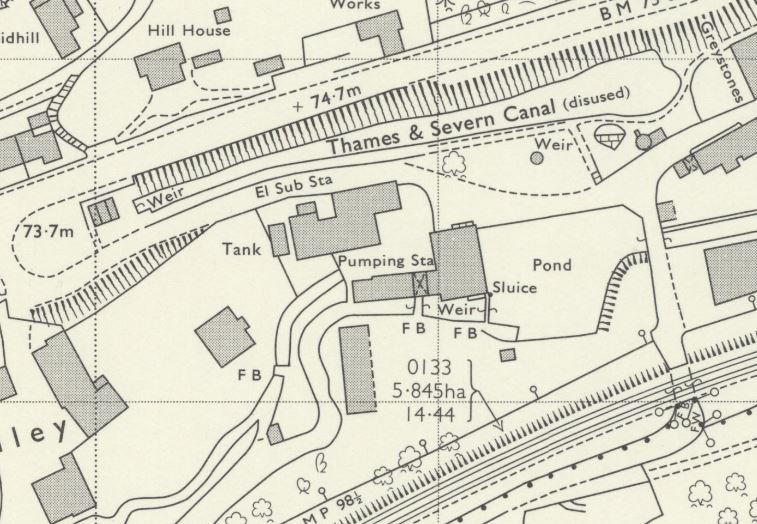
An image from Gloucester Archives shows a plaque commemorating the opening of a pumping plant in 1949 under Stroud District Water Board, however the building would have been used by the other companies prior to this.
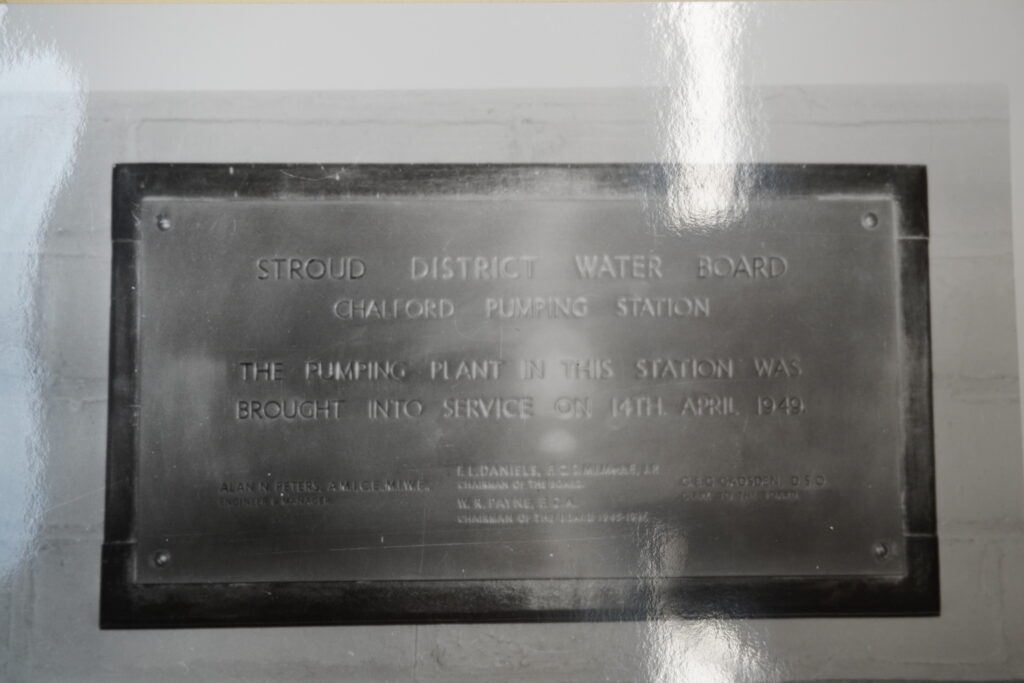
The 1888 Ordnance Survey map shows a building close to the current building which was likely used to house pump machinery for either the local water works, or the steam engines used to partially power the mill at this time.

There is anecdotal evidence locally of the pump house being present on the site from the early 1900s, which likely relates to both the earlier building, with later references relating to our current pump house.
The Chalford local history group has a some references to the water works, and Belvedere Mill. It records that a second pumping station for Stroud Water Company was created at Belvedere Mill in 1909, and that the first set of electric water pumps were installed in the 1930s, likely in the current building. They were using the springs which rise near the mill as their main source of supply.
Chalford local history group has also recorded a series of oral histories from locals remembering Chalford during the 30s, 40s and 50s. One entry states: ‘Belvedere Mill, when I was growing up, was an upholstery place where my brother went to work when he left school, run by the Smith Brothers from Chalford Hill, and that was next to the water works. … The rest of the building was all to do with the water works …’
One local recalls the waterworks in the 1950s, saying “Heber Mill was Clark Mill, by the mill pond. … The waterworks worked. They had steam engines going, 15 ft cast iron wheel”.
Another remembers: “At Belvedere, all the engineering was inside, for pumping. But the toilets – you’d sit on the bucket and the river would be rushing underneath. It scared me to death. I’d be feeling as though I might fall in. It was only a seat and then in the winter…very draughty”.
By 1972, The main mill building is recorded as empty and semi derelict and the Pump House was occupied by North West Gloucestershire water board, whose predecessors, the Stroud Water Co.
Photos found in Gloucester archives show the internal machines. Two photos are recorded as being from the 1930s showing the first set of electric pumps, although it is likely these images are from the 40’s given the plaque at the back of the image which seems to be the afore mentioned 1949 commemorative plaque. Internally you can see the dark painted lower border, along with darker areas on the floor. The floor does show evidence of red paint so it is possible the floor was red in some areas. This would have been to show up any oil spills from the machinery.
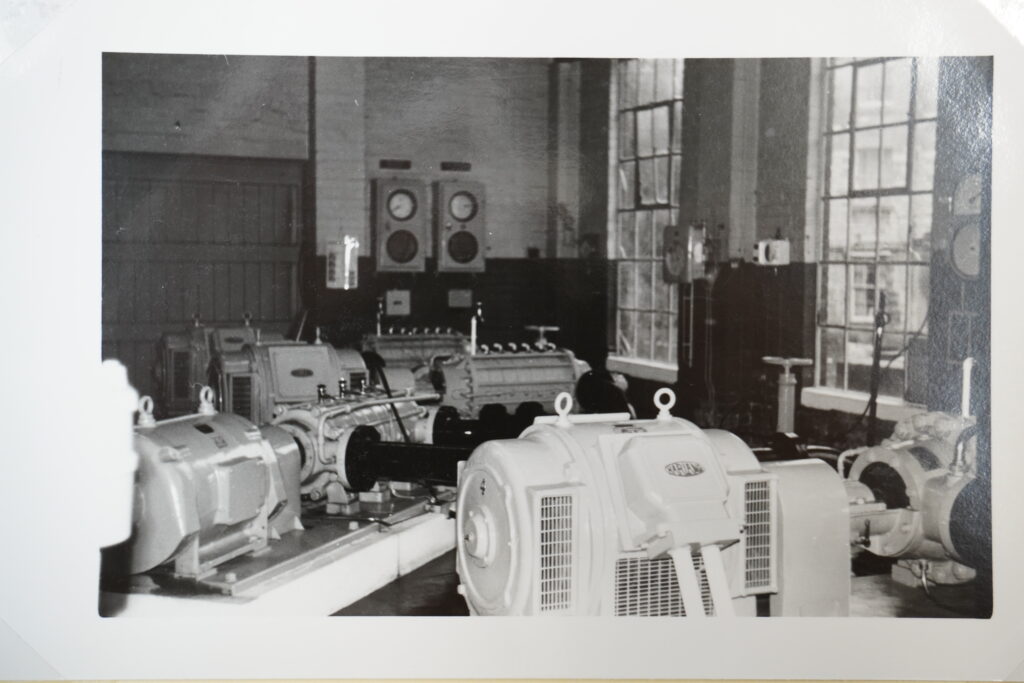
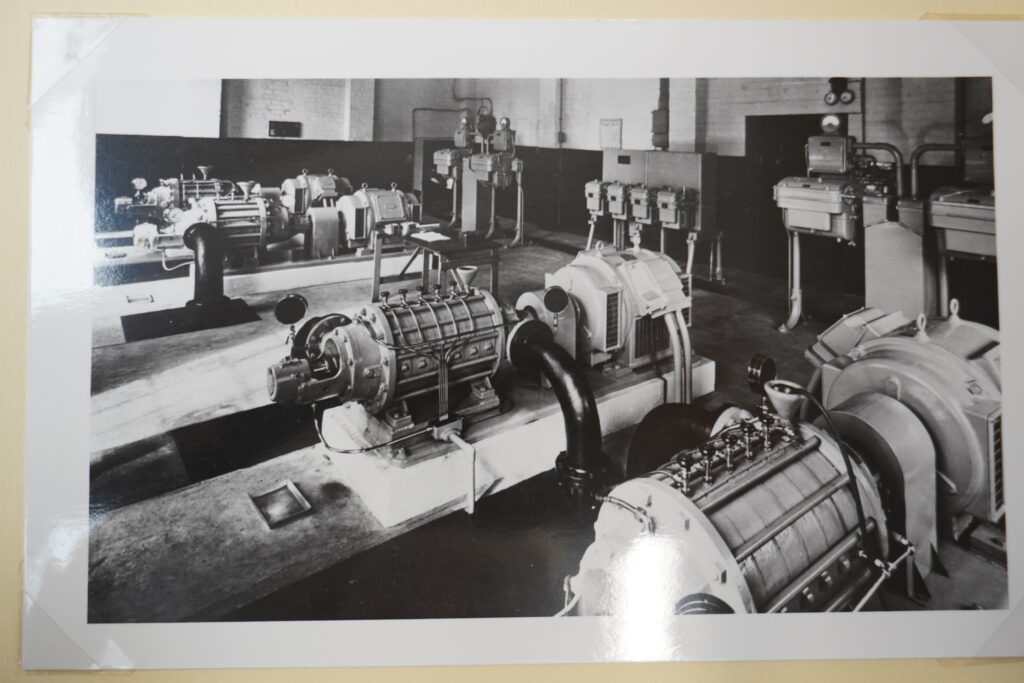
A photo from 1973 shows new larger pumps, and a white floor, although the dark painted border is retained. This dark painted border seems to be a feature of industrial and institutional building during the mid-20th century, likely due to the fact it was more hardwearing and hid dirt and scuffs.
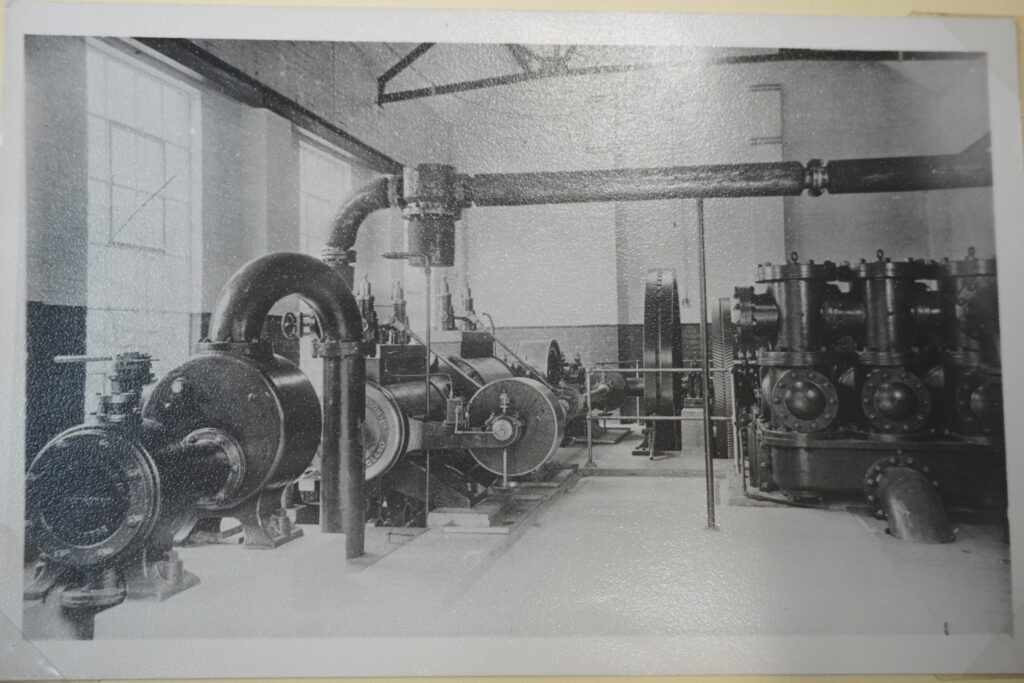
The buildings surrounding the pump house were demolished in the mid-90s, along with the large pressure vessels. The large fuel tank remains behind the pump house, though it has been capped.
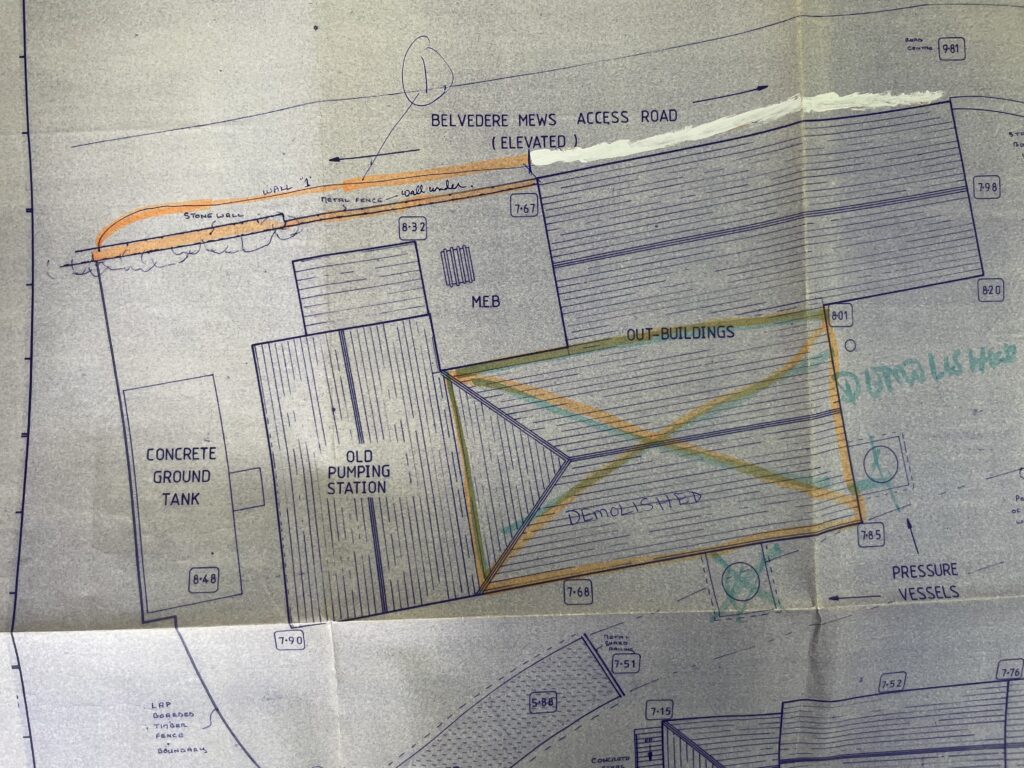
Photos taken by our very own Richard, show the demolition of the building. Interestingly the lower painted border can be seen on what is now the external wall of the pump house, suggesting the out buildings also housed machinery at some point.
The Retro Collective team have decided to repaint the walls as they would have been when the pumping station was in use, with the lower black boarder. They intend to add other decorative elements to the finished interior which will give a nod to the buildings historic use as a pumping station.
